In this guide you’ll learn what a solar inverter is, what size you need and what brands like Sunsynk, Deye, Luxpower or other to choose. Oh yes, and cost!
A fundamental part of every Solar Power setup is the Inverter. It is a piece of equipment that is very important to understand.
- What is an Inverter
- How do Hybrid Inverters work?
- How do Off-Grid Inverters work?
- How do Grid-Tied Inverters work?
- What Size Inverter Do I Need?
- How Much Do Inverters Cost?
- Best Solar Inverters In South Africa
Chapter 1
What is an Inverter?
The basic fundamentals
Simply put, a solar inverter converts DC power (Direct Current) that Solar Panels produce and batteries store into AC power (Alternating Current) that our home appliances use to run.
They also do several other things like tracking your production, and they are responsible for ensuring your system is safe and shutting down if it’s not to prevent damage.
Without one, you can’t use the Solar Power your panels are producing.
The Hybrid Inverter, Off-Grid Inverter, Grid-Tied Inverter and 3-Phase Inverter.
Chapter 2
Hybrid Inverters
How do they Work?
They function just like any other inverter by converting the solar energy from your Solar Panels or the stored power in your Solar Batteries from DC to AC power but with added features that are unparalleled.
Features:
New Technology
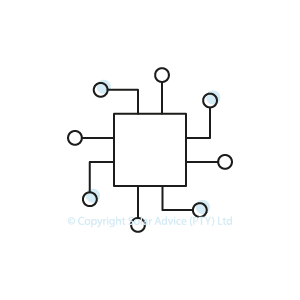
Hybrids blend power from all available power sources . This means they will use all of the available solar power generated from your array. If your needs exceed the produced solar power, the excess will be supplemented with either your battery backup, grid, or both. Ensuring your home is always powered and you are always using freely produced or stored solar power first .
Multiple MPPT Inputs
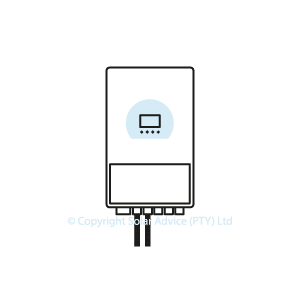
Most Hybrids come with two or more MPPT inputs and a high voltage range , allowing you to have a more extensive array. In addition, you can split your array so that you have two arrays that function independently. Separate arrays mean that should one fail, you still have another fully functioning array.
Scalable

They can be paralleled, which is an excellent feature if you plan on scaling up in the future. They communicate with most Lithium-ion Batteries, and most Li-ion batteries are parallalable too. Above all, If you need a system that can grow with you , this is most definitely the inverter to go for.
Flexible
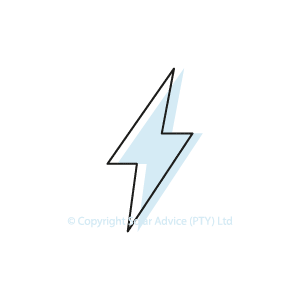
Another great feature of the Hybrid Inverter is the ability to power non-essential loads should your solar power production exceed the needs of your essential load. To clarify, this means that any extra solar power produced can then be used for your non-essential appliances .
The added ability to power your non-essential load during the day with excess solar power will ensure that you save money on grid-supplied electricity.
To understand what size inverter you need you can use a tool like EnergyBee to give you a comprehensive breakdown.
Pros
- Efficient
- Easy to install
- Blends AC/DC Energy
- Long-lasting (around 15 years)
Cons
- More expensive
Chapter 3
Off-Grid Inverters
The inverter that brought everything together
- Easy to install
- Expandable
- High or low voltage options
- Lowest solar inverter price
A very popular choice because of their price , compared to previous Off-Grid inverters, they are far easier to install due to the fact you have everything in one box instead of separate components.
You would need other components like an MPPT (this allows you to connect to solar panels), a Charge Controller (that allows you to connect to batteries), a monitoring device, and a bunch of wiring to tie it all together.
Expandable
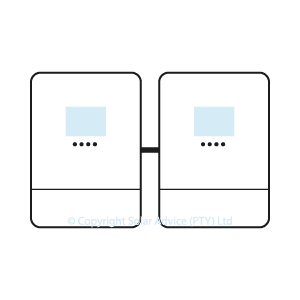
Some Off-Grids can be paralleled should your demand for more power increase. But, it is essential to remember to do your research and ask questions about how to meet your needs and future plans.
High or Low Voltage

You get 2 main types of Off-Grid inverters, and these are Low-voltage and High-voltage . The difference between the two comes down to how many solar panels you can connect. You can find more detail on how that works by reading our guide: How to Size a PV Array.
Pros
- Easy to install
- Expandable and modular
- Affordable
Cons
- Less reliable than a Hybrid
- Lifespan isn’t that great (around ten years)
- Can be noisy
Chapter 4
Grid-Tied Inverters
Feeding back to the grid
- Grid connection required
- Solar Panels required
- Scalable
- No batteries
Grid-Tied Inverters require an active grid connection to function. If the grid goes down, you will not be able to use any Solar Power produced. An energy meter must be installed within a Grid-Tied Kit so that should your array not be producing enough solar power, it will supplement the excess with grid power.
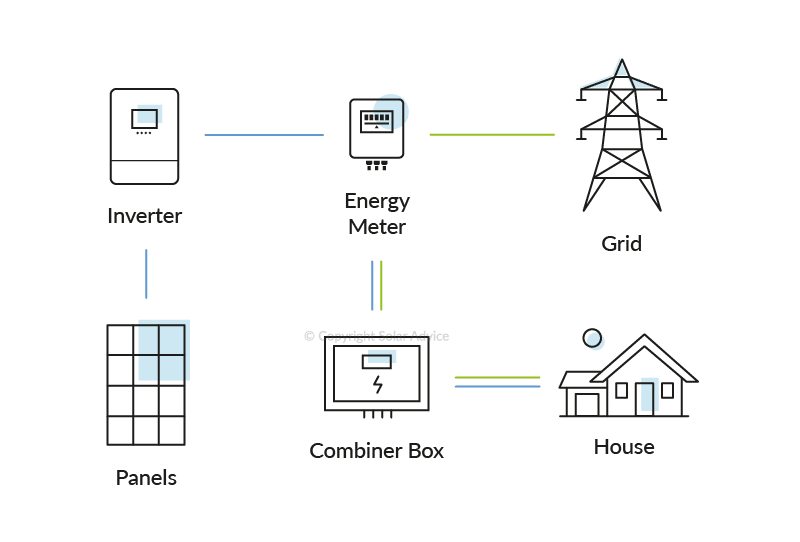
Grid-Tied setups are ideal for homes or businesses that use the majority of their electricity during the day. Supplementing your daily electricity usage with Solar Power will drastically reduce electricity bills.
Grid-Tied systems do not require batteries which brings down the cost of these kits.
Chapter 5
What Size Inverter Do I Need?
Working out what size inverter you’ll need is easy
All you’ll need is your average monthly electricity bill and a calculator.
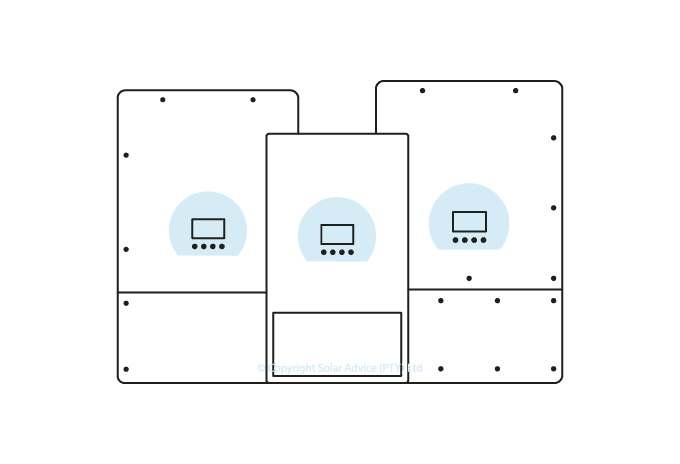
Step 1
Take your average monthly electricity bill amount and divide that by 2.2 (the average price per kW) Eg:
R1800
R2.20
818.18kW
Step 2
Take your monthly usage in kW and divide that by 30 (days in a month)
818.18kW
30
27.27kW
Step 3
Take your daily usage and divide it by 5.5 – the hours in the day that you produce the most.
27.27kW
5.5
4.96kW
Inverter Sizing Conclusion
You will need at least a 5kW inverter to cover the 4.96kW
- 6 x 400W Solar Panels = 48% coverage.
- 10 x 400W Solar Panels = 81% coverage.
- 12 x 400W Solar Panels = 97% coverage.
Important Array Sizing Information
In addition to size, you will also need to consider MPPT voltage ranges when selecting an inverter.
Do you need a large array? If the answer is yes, then a high voltage option is best..
If the answer is no, you can look at the low voltage options.
Bonus Section
Inverter Application Questions
These are the questions you should ask yourself before choosing an inverter.
Do you want a Load Shedding Solution or Solar Solution?
If you answered Solar Power, a Hybrid Solution is recommended because it synchronises to the grid allowing you to use all available Solar Power and if you’re not producing enough, it will pull the deficit from the grid and/or batteries.
If you need a setup that will save you power cuts only, either-or will do nicely.
Will you add solar panels later?
Adding Solar later is something that many of our customers do. However, in this instance, it is always a good idea to install a Hybrid Solution because of its blending capabilities mentioned above. Installing a Load Shedding Kit now and installing Solar Panels later, breaks up the cost of the product and installation allowing you more time to prepare financially.
Will you add extra solar panels later?
If you’re wanting to add extra solar panels later, a system with more than 1 MPPT is your best option. Allowing your system to grow with you.
Will you need batteries?
If you’re adding batteries, check to ensure that the equipment you choose has comms. Meaning that the equipment can communicate with each other.
Will you be adding another inverter later?
Some can be paralleled and some can’t. Be sure to check the datasheet or ask one of our sales team.
Do you require a UPS function?
If you’re running life-saving machinery or computers, you’ll definitely want to invest in a system that has UPS capabilities.
Do you have Single Phase or 3 Phase supply?
You can install a single-phase inverter on each phase if you have 3 phase supply. Or, there are 3 phase inverters available on the market.
Chapter 6
How Much Do Inverters Cost?
What to expect
The prices are determined by brand, build quality, features, and size.
For commercial systems with massive kW ratings, you will be paying anywhere from around R50,000 and much higher for even larger inverters.
Whereas residential inverters typically starting from 3kW to a 10kW in size, you can expect the following price ranges:
Chapter 7
Best Solar Inverters in South Africa
Quality inverter brands
To name the best pound for pound brand is tricky. Each brand does have its strengths and weaknesses, depending on its application.
Here are the best brands that we would recommend:

Fusion Solar
Fusion Solar’s creators have seen the demand in South Africa for more choice when it comes to Solar equipment.
Passion for the South African Solar Industry has seen them answer this demand by bringing in products fit for the South African market.
- Stylish
- Functional
- Reliable
- High Quality
- Excellent warranties
Their Solar Products have been popular thanks to their reliability and stylish design.
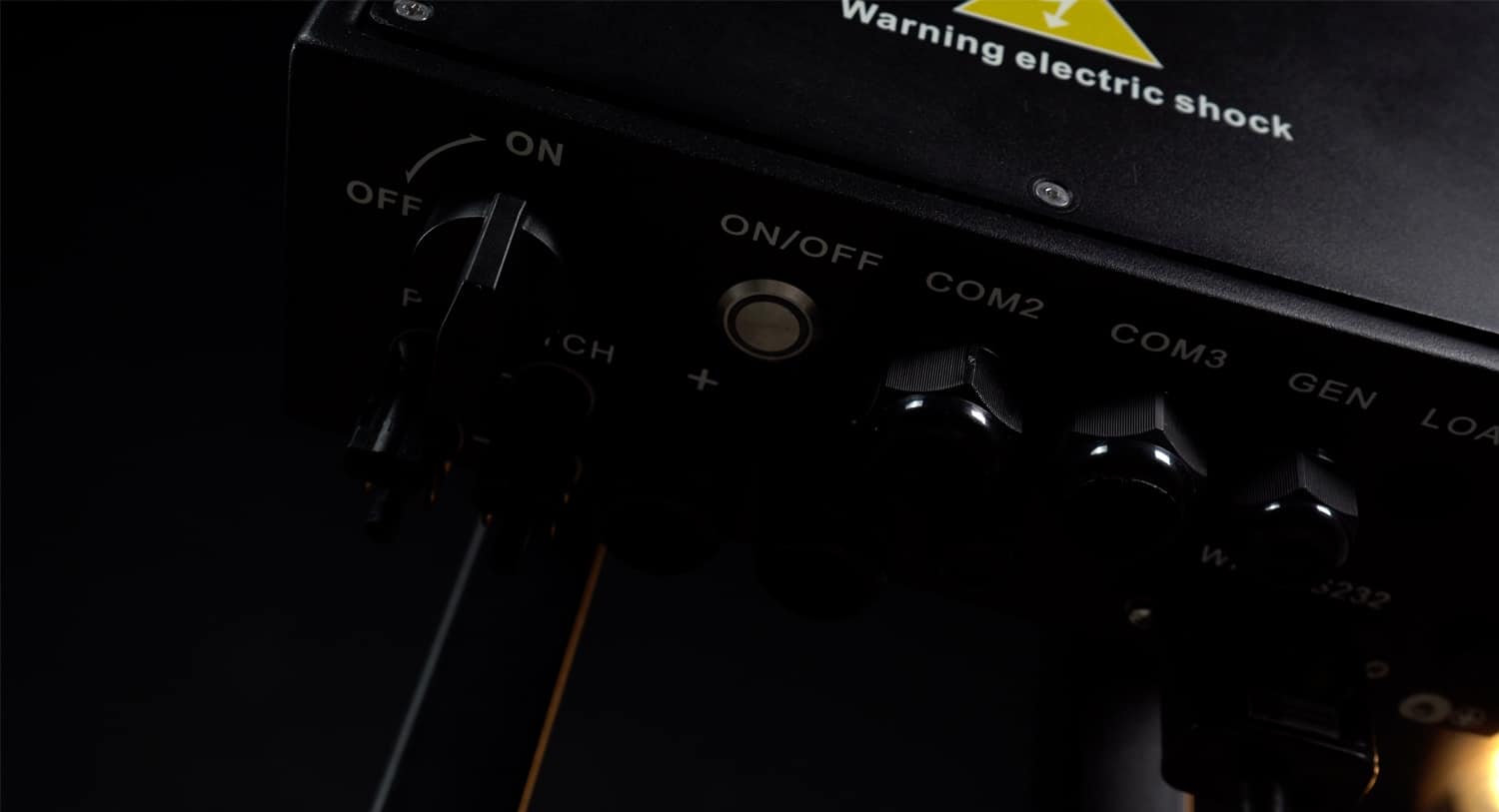
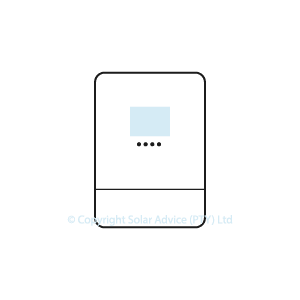
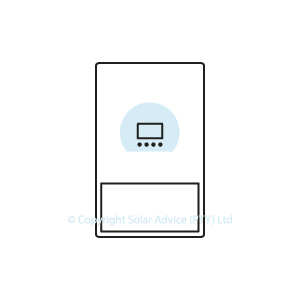
Visitor Rating: 4 Stars
Visitor Rating: 5 Stars
Good day,
I would need some advice and pricing.
In January i bought 16 365W solar panels, 3kVA RCT 48V Inverters x 3 and four Pylon-Tech U 2000 batteries.
During the installation ALL three inverter did blow up – incorrect installation by some company from Brakpan – CHC Electrical. So – now I am looking for the new inverters. I wold like to go for 5kVA – two f them. I would need a quote from you and advice – which ones can I install, how many solar panels can they take and – most important – can I split the system in two – one 5kVA + 2 Pylon Tech batteries and join them…or would you advise something else.
Hi
Sorry to hear about the inverters blowing up, your choice of 5kVa inverters sounds like a better option but before suggesting anything what kind of appliances/machines are you running and what is the maximum kW’s are you dealing with?
If you’re looking for high end inverters that handle large loads and spikes we suggest the Victron inverters, if however you are dealing with moderate loads and spikes we’d would suggest an inverter from our Hybrid range or for the lower end of the end we suggest the Kodak (Voltronic) range.
Thankfully you have PylonTech which are a good brand with a decent compatibility range.
Give us a call or email us to advise further.
Visitor Rating: 4 Stars
Visitor Rating: 4 Stars